Volumes swell for Cleveland Clinic Florida’s two-year-old transplant program
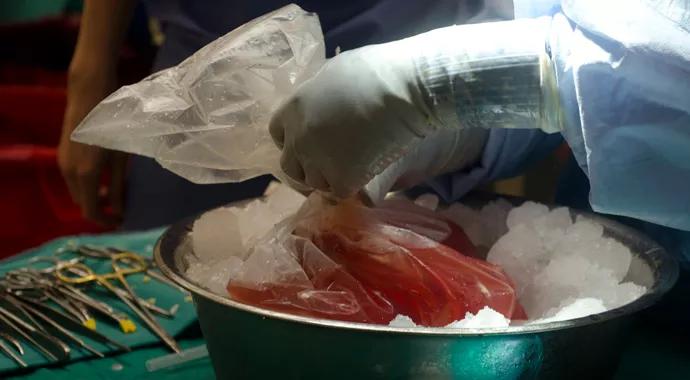
In the space of just two years, Cleveland Clinic Florida’s new transplant program has made a substantial dent in meeting burgeoning demand for solid organ transplants in South Florida. And it’s doing so with enviable waiting list times and admirable survival rates.
Advertisement
Cleveland Clinic is a non-profit academic medical center. Advertising on our site helps support our mission. We do not endorse non-Cleveland Clinic products or services. Policy
The facility, located in Weston, Florida, in the state’s southeast corner, launched its program with kidney and liver transplant services in July 2013 and received Centers for Medicare & Medicaid Services (CMS) approval for those services the following year. To date, the program has performed 75 kidney transplants and 56 liver transplants, making it one of the fastest-growing transplant programs in the U.S. And the addition of adult heart transplant services in 2014 is fueling further growth.
The center’s success has been ensured by two factors:
“In effect, our program and the Cleveland program are a single program with common protocols and practitioners accredited to work in both locations,” explains renowned transplant surgeon Andreas Tzakis, MD, PhD, Director of the Cleveland Clinic Florida Transplant Center. “Our relationship is cordial and productive and provides a fantastic opportunity to exchange information. It’s one of the reasons I’m here.”
The strength of a united program also attracted prominent heart transplant surgeon Cedric Sheffield, MD, when he was approached to start the heart transplant services.
“Ours is a new program from a regulatory standpoint, but we have assembled a team with a very large experience,” Dr. Sheffield says. “I am confident we can seamlessly extend Cleveland Clinic quality to heart transplantation and advanced heart failure therapy in Florida.”
Advertisement
The need for a robust solid organ transplant program at Cleveland Clinic Florida was evident a few years ago from the number of South Florida patients seeking transplants elsewhere. Since the program’s inception, more than 1,000 kidney and 300 liver transplant candidates have been seen.
“Quality and good results always attract patients,” Dr. Tzakis notes.
Because waiting times for organs are generally shorter in South Florida than in many other parts of the country, patients often receive a new organ quickly. Cleveland Clinic Florida’s ability to accommodate transplant candidates efficiently is reflected in its favorable transplant rates, which are calculated as the number of candidates who received a transplant divided by the person-years observed at the program. (Person-years represents a combination of how many candidates were on the waiting list and how long each candidate was followed.)
Cleveland Clinic Florida’s liver transplant rate for 2014 was 163.8, compared with the regional rate of 115.2 and the U.S. rate of 43.0 (the higher the rate, the better). Its kidney transplant rate for 2014 was 50.0, compared with 14.7 for the region and 15.9 for the U.S. as a whole.
Survival rates for Cleveland Clinic Florida’s patients are in line with national standards for liver transplants and above average for kidney transplants.
Thirty patients are currently waiting for livers and 108 for kidneys. “We are evaluating patients as fast as we can,” says Dr. Tzakis, who expects to add three new staff members this summer to accelerate the process.
Advertisement
For Dr. Sheffield, the ability to offer heart transplants in South Florida underscores Cleveland Clinic’s commitment to patients who may not be able to travel to Cleveland for a transplant.
“I was determined that these patients could be listed and transplanted here with the expectation of the same high-quality outcome,” he explains. “They can stay at home with their families, and many can continue working while they wait for an organ.”
The first of the program’s nine heart transplants to date was performed Oct. 21, 2014. The tenth transplant — which will make the program eligible for CMS certification — is expected shortly. Approximately 10 patients are on the waiting list or under evaluation for a heart transplant.
While heart transplantation remains the gold-standard treatment for improving quality of life and extending life in patients with advanced heart failure, the availability of donor organs does not match the need. For many of these patients, a ventricular assist device (VAD) is a suitable alternative.
Dr. Sheffield offers VAD support to stabilize patients waiting for a donor heart. Following Joint Commission approval of Cleveland Clinic Florida as a site for VAD destination therapy in May, VADs may now be used as an alternative therapy for patients who are not candidates for transplantation, who cannot tolerate immunosuppressants or who prefer not to wait for a donor heart.
“VADs are an important component of our comprehensive program for treating patients with advanced heart failure,” says Dr. Sheffield, who notes that physicians can refer such patients for evaluation by calling 954.659.5133 or emailing transplantfla@ccf.org.
Advertisement
For more information about Cleveland Clinic Florida’s transplant program, contact Dr. Sheffield at sheffic@ccf.org.
Photography credit ©Al Fuchs
Advertisement
Advertisement
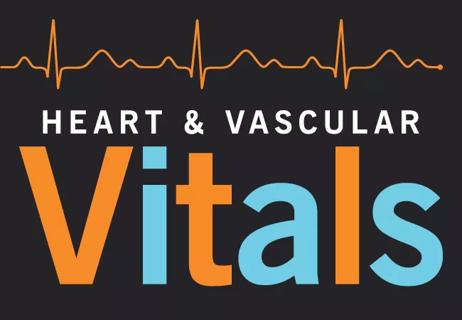
A sampling of outcome and volume data from our Heart & Vascular Institute
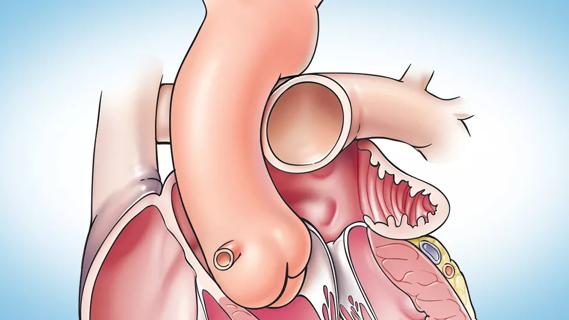
Concomitant AF ablation and LAA occlusion strongly endorsed during elective heart surgery
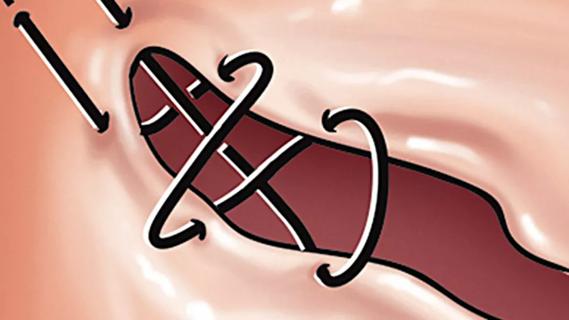
Large retrospective study supports its addition to BAV repair toolbox at expert centers
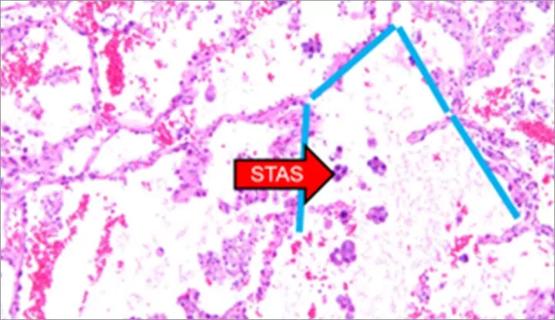
Young age, solid tumor, high uptake on PET and KRAS mutation signal risk, suggest need for lobectomy
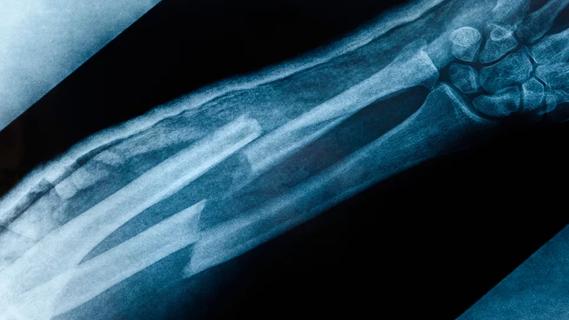
Surprise findings argue for caution about testosterone use in men at risk for fracture
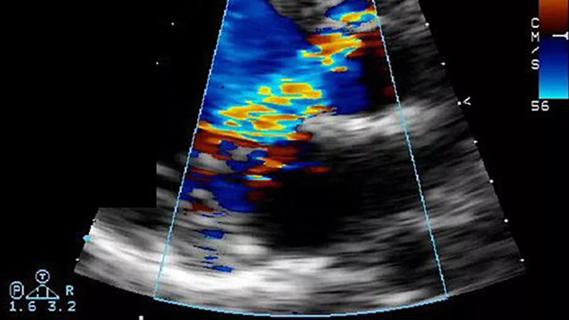
Residual AR related to severe preoperative AR increases risk of progression, need for reoperation
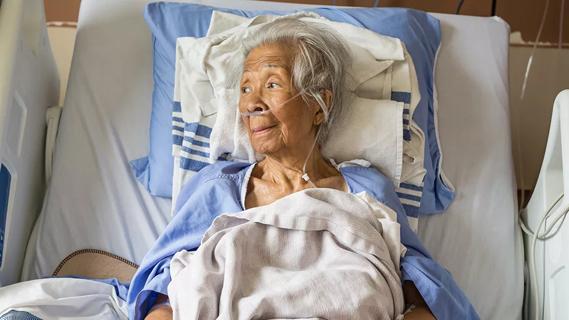
Findings support emphasis on markers of frailty related to, but not dependent on, age
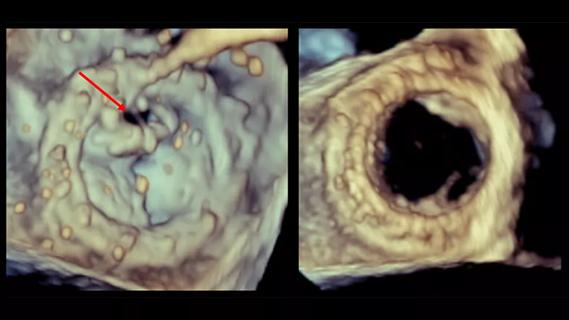
Provides option for patients previously deemed anatomically unsuitable